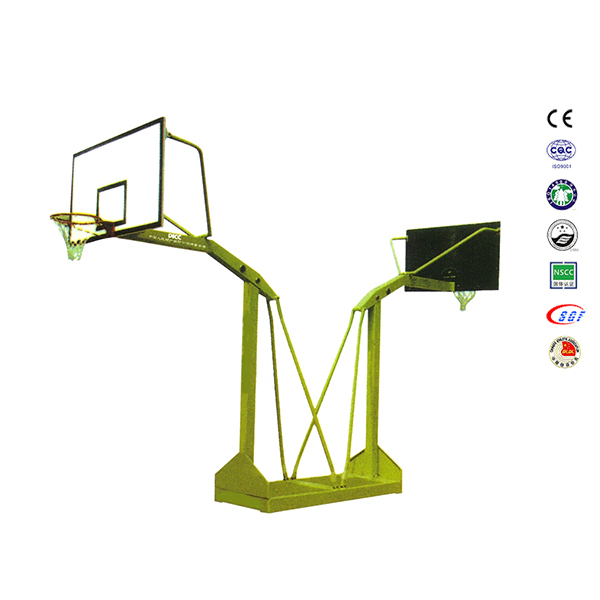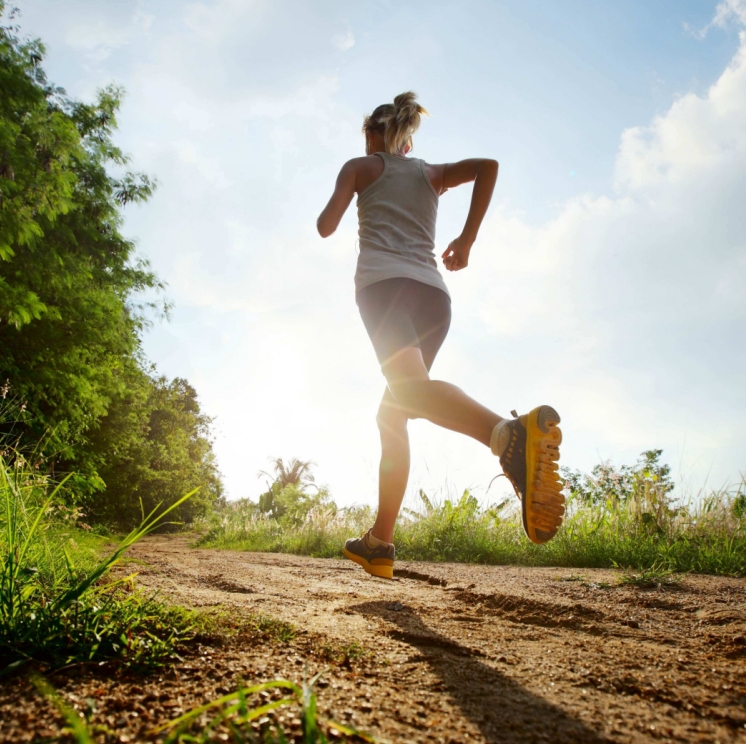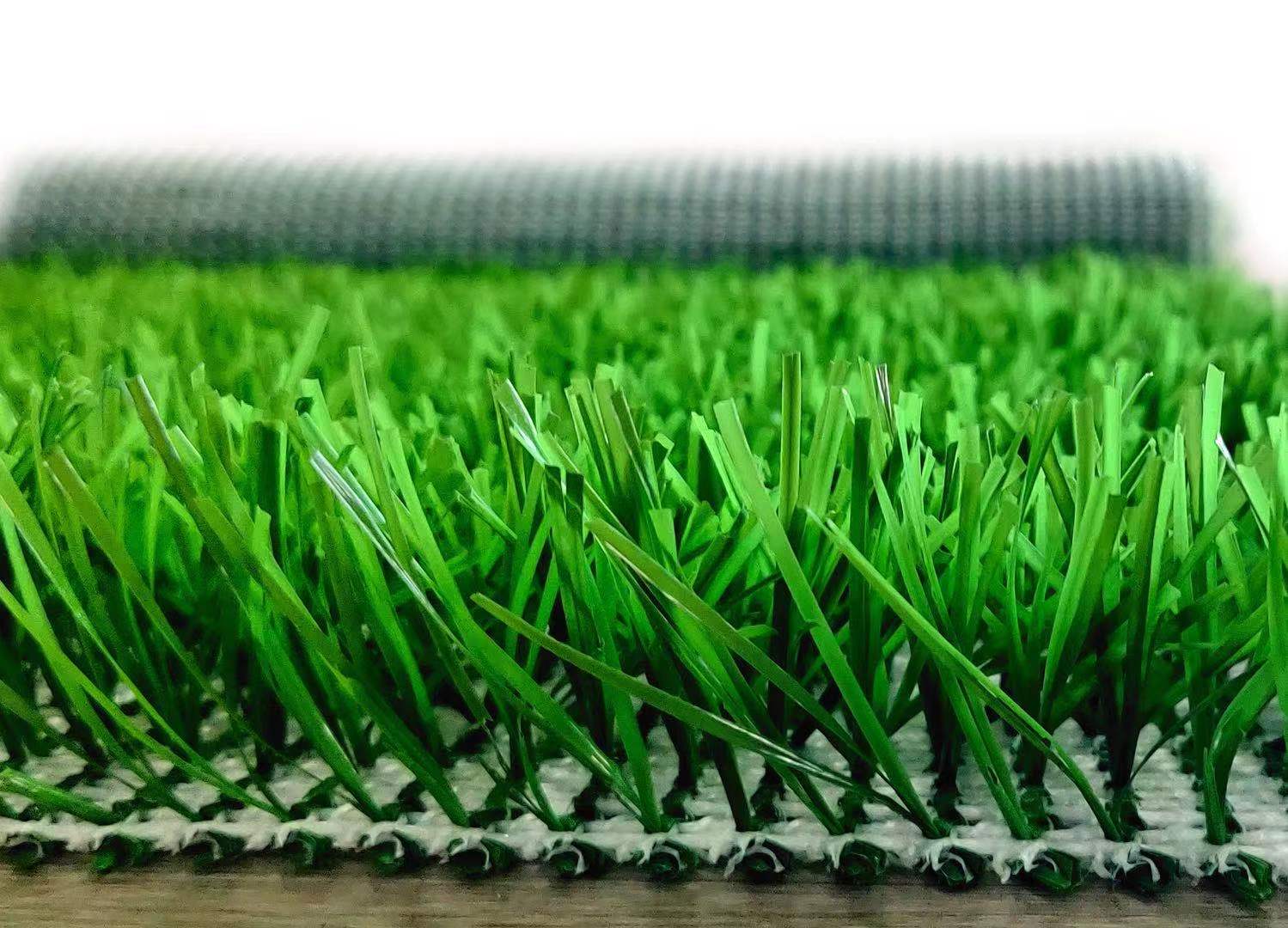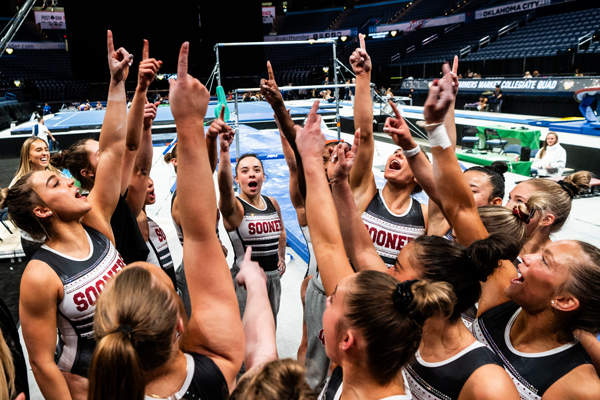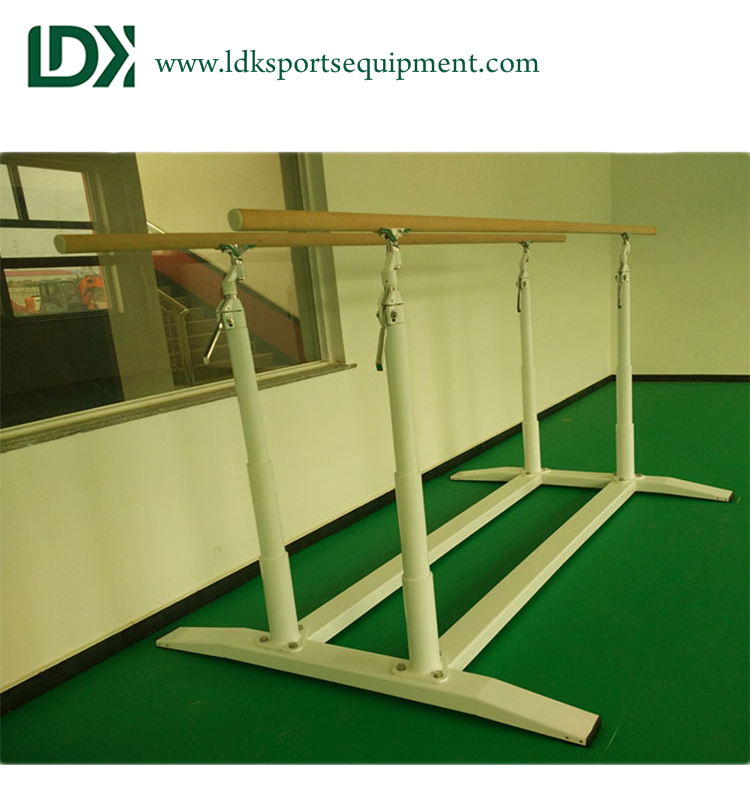Product
What are gymnastics parallel bars made of
Basic Info
Some parallel bars are also surface treated, such as galvanizing, spraying, etc., to increase their corrosion resistance and service life.
Parallel bars are one of the men's competitive gymnastics events. A typical set of parallel bars movements includes transitions between the support position, the inverted position and the hanging arm position. Athletes must swing, swing over, flex, arc swing, loop, flip and standstill in these positions. Finally, the whole set of movements requires standing on one side of the bar. Parallel bars were listed as an Olympic event in 1896.
The parallel bars used in official competitions have specific specifications. The parallel bars used for teaching and training can adopt different devices and specifications, including a movable low parallel bar with a height of 200-500 millimeters; Fixed low parallel bars, with a height of 500-1000 millimeters; Semi automatic adjustable parallel bars, with a height of 1000-1500 millimeters.
The parallel bar movement can be done with support or suspension, as well as side or front support. Practicing parallel bars has a good effect on developing the strength of the upper limbs and abdominal and back muscles in the human body.
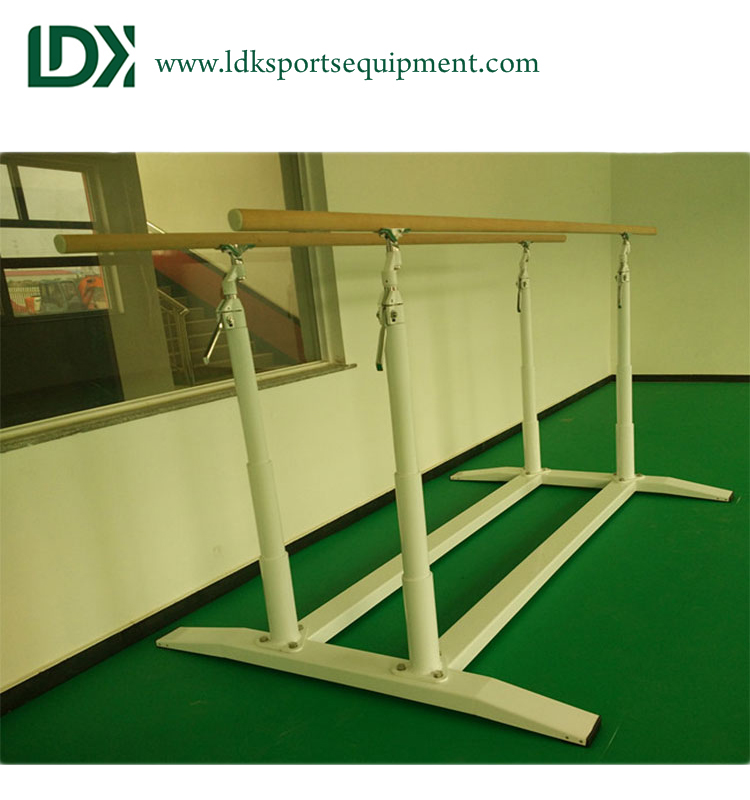
Indoor gymnastics parallel bars
The parallel bars are 1.75 meters high.
The parallel bars are composed of swinging and flying movements selected from numerous structural groups, which are completed through various support and suspension movements. When performing the upper method on the parallel bars, it is required to start from a standing position with parallel legs, without any prior movements. A maximum of three pauses or stationary movements are allowed in a set of movements, and other pauses greater than or equal to 1 second will not be allowed.The parallel bars may not be the audience's favorite gymnastics event, but it is indeed the athlete's favorite. In all events, the parallel bars provide the athletes with the greatest space to do movements. Many movements of floor exercises, rings and Pommeled Horse can be used in the parallel bars. The parallel bars allow athletes to demonstrate their strength and balance.
Most parallel bars movements require athletes to release the bars with both hands or one hand, which makes balance and sense of time particularly important for athletes. The parallel bar movement allows for a maximum of three pauses of one second or more. The movements require a loop, lift, and strength support (usually loop and lift should be more than support movements). In all parallel bars movements, athletes should maintain tension in their shoulder and arm muscles.
There are different ways for athletes to climb the bar, including using the springboard after the approach run. The lower bar can include front and back somersaults, twists, etc.
Before landing on the parallel bars, athletes must not touch the ground, and their bodies (excluding their arms) must not touch the parallel bars. The grip can be either forward or backward.

Outdoor gymnastics parallel bars
Balance beam specifications
The balance beam is 5 meters long, 0.1 meters wide, and can be raised or lowered as needed. The official competition height is 1.2 meters. The balance beam has a time limit for completion, and there are strict regulations on the difficulty of the complete set of movements and aerial skill strings.
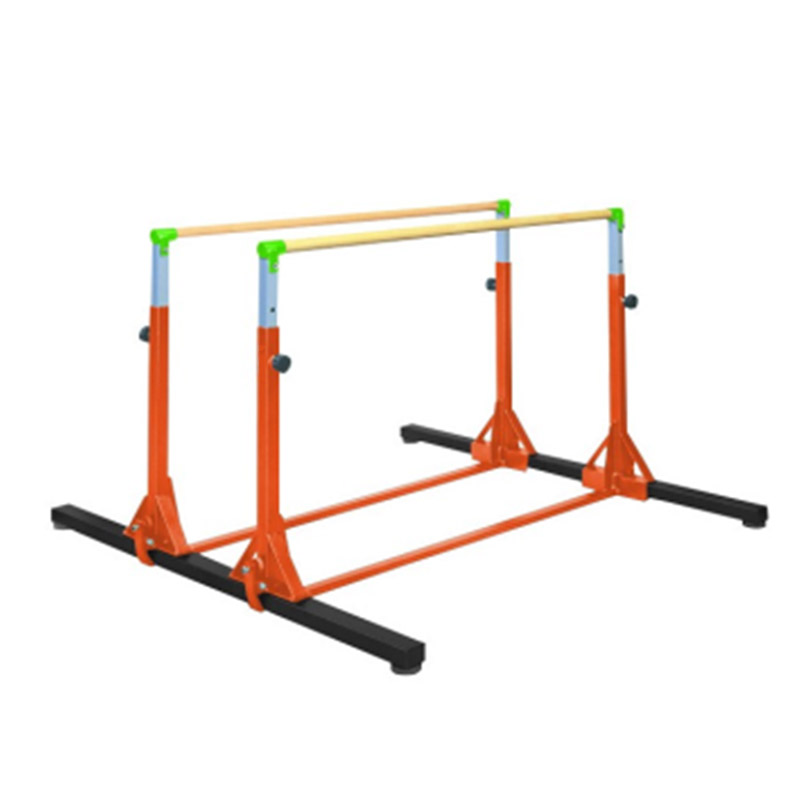
Kids Mini Gymnastics Parallel Bars
Introduction to Gymnastics Parallel Bars
The parallel bar originated in Germany and is one of the men's competitive gymnastics events. It was listed as an Olympic event in 1896.The parallel bars are one of the common outdoor fitness equipment that usually require both hands to grip the bars, which can quickly improve the strength of upper limb muscles, as well as exercise the chest and abdominal muscles, and also strengthen the core muscle group.
Parallel bar arm flexion and extension. This is a very classic thrust training, which not only stimulates the triceps brachii of the arms, but also helps to improve the muscle strength of the chest and shoulder deltoids.
Long term practice of parallel bar arm flexion and extension can have many benefits for the body, as it can provide better exercise for the entire upper limb. Parallel bar arm flexion and extension is a movement that effectively mobilizes the upper limb muscles, including the shoulders, triceps, and forearms, in addition to the chest. Lean your body 45 degrees forward and do not open the elbow area. This can stimulate the chest to the greatest extent possible, otherwise the upper body will be upright. Clamping your arms can maximize the congestion of the triceps.
Outdoor sports and fitness are currently the simplest and most cost-effective forms of fitness exercise. The most common one we see is the parallel bars in residential areas or parks, and we can also see and use them in schools. The parallel bars are not only a competition equipment, but we can also enhance our various functions in daily life, which is also of great benefit to the body.
It can not only exercise our relaxed muscles, but also alleviate problems such as lower back pain, scoliosis, and lumbar disc herniation. Proper use of this equipment can not only achieve a relieving effect, but also serve as an auxiliary device to enhance one's own immunity.
LDK sports equipment manufacturer's promotion is in progress: Click to contact us now






